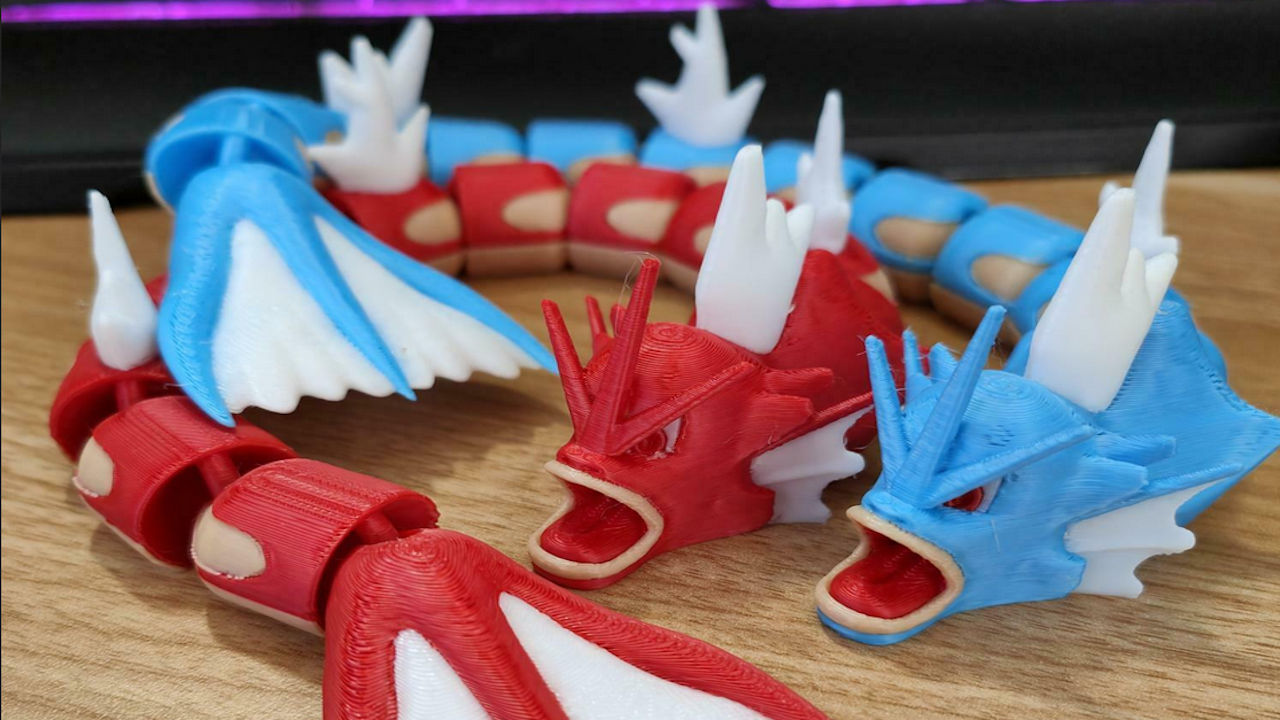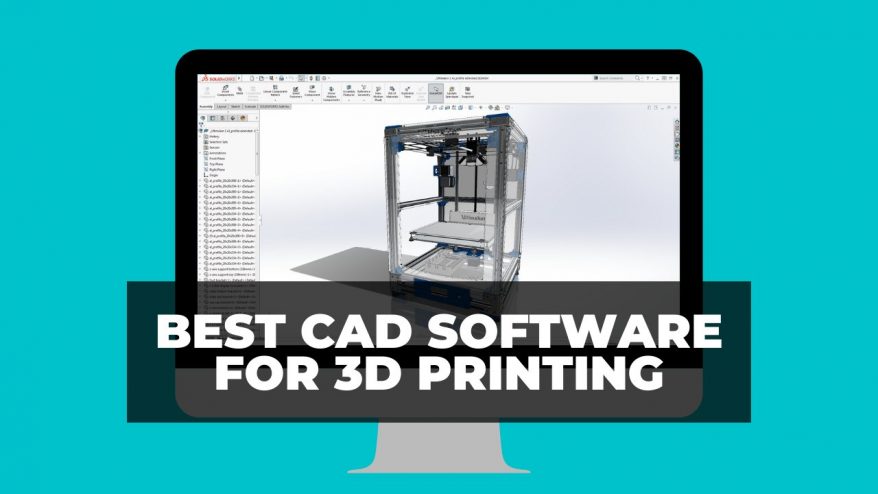
ABS vs ASA: Which Filament is Most UV Resistant?


At 3DSourced we’ve covered everything 3D printing and 3D since 2017. Our team has interviewed the most innovative 3D printing experts, tested and reviewed more than 20 of the most popular 3D printers and 3D scanners to give our honest recommendations, and written more than 500 3D printing guides over the last 5 years.
ABS and ASA filaments are both strong and tough materials for 3D printing -but with some key differences
ASA has superior UV and weather resistance, making it more suitable for outdoor prints. It also has better color and shape retention over time and a nicer tactile feel than ABS.
However, ABS is a better choice for indoor prints that do not require high weather resistance because it’s more widely available and may be more affordable than ASA
In this article, I’m going to explain exactly what separates ABS and ASA and help you decide which is right for your project.
What’s the Difference Between ASA and ABS?
ABS vs ASA 3D Printer Filaments
ABS vs ASA 3D Printer Filaments
If you know anything about 3D printing, chances are you’re familiar with ABS filament. It is, after all, one of the most popular materials used by FDM experts.
And for good reason; ABS is a sturdy plastic with higher melting points than PLA, as well as a long, durable lifespan. This makes it suitable for making replacement parts for cars and machines, even.
ABS, however, is not perfect. It has flaws.
First and foremost, it can be more difficult to print with than PLA, depending on which brand of ABS you have purchased.
It also wears under rough weather conditions and yellows under the UV rays of the sun. So if you were wondering why your once-white birdhouse is now tinted yellow, there’s your answer.
With this in mind, a new (and I use the term lightly since something created in the 1970s can hardly be called “new”) material called ASA filament is now being produced at a level that allows domestic users of low-cost 3D printers to employ it in their machines.
How do ABS and ASA Differ?
If you want to know the key difference between ABS and ASA filaments:
ASA has phenomenal strength and is exceptionally weather and chemical resistant, meaning it will withstand outdoor weather conditions of all sorts with unmatched durability.
Another benefit of ASA plastic is its ability to retain both shape and color over time. While many filaments will gradually yellow over time, ASA has the lowest levels of yellowing for such a stable, resistant-to-wear printing material.
In addition, ASA has unparalleled retention of physical features. In other words, it keeps its shape even under harsh weather conditions.
So if you’ve always wanted a 3D printed replica of Michelangelo’s David as the centerpiece for your garden without worrying about his ‘special bits’ eroding, ASA has your back.
Although it’s hard to explain in an article, our customers report (and we agree) that ASA prints have a nicer tactile feel to them than ABS. Worth noting if ergonomics are also a requirement in your print.
As the two plastics have similar strength and toughness properties, they also both respond well to finishing, such as acetone smoothing. You can smooth ASA prints in acetone vapor similar to how you would with ABS.
While we’re discovering the benefits of ASA, it would be worthwhile to consider the plastic’s density. Whereas ABS has a density of ‘1.04’ per g/cm3, ASA has a substantial density of ‘1.07’ per g/cm3.
ABS and ASA Key Stats
The 3D printing, heated bed, fan, density, and UV resistances between ABS and ASA are:
| Category | ABS | ASA |
|---|---|---|
| Best Printing Temperature | 230-250°C / 446-482°F | 230-250°C / 464-482°F |
| Heated Bed Temperature | 90-95°C / 194°F | 90-100°C / 230-239°F |
| Fan Power | 0% | 10% |
| Density | 1.04 per g/cm3 | 1.07 per g/cm3 |
| Yellowing Over Time (When Exposed to UV) | Moderate | Low |
| UV Resistance | Moderate | High |
| Weather Resistance | Moderate | High |
All right, so what we’re seeing here are quite a few similarities between ABS and ASA filament; they have comparable temperatures for printing; both on the printer’s hotend and heated bed, as well as a marginal difference in density.
So that’s good to know; ASA filament is of a strong build like ABS and, in addition, should be very easy to print for those already familiar with ABS.
Let’s look at the few key differences when printing to help you decide which of the two you should be buying.
The Key Differences in Printing ASA vs ABS
First off; cooling. This is one of the most important differences to remember during printing. When printing with ASA, the printer’s cooling fan should be turned down to approximately 10% or just 5% power.
The reason for this is simple: cool it too fast, and the ASA is susceptible to cracking. And, let’s be honest, you don’t want your statue of David to lose his masculinity like he had once the pope was through with him.
So, an easy reminder for printing with ASA: turn your fans low, to about 10% power, and make sure your printing environment isn’t drafty, or cold.
ASA can be cold after the printing process, of course, it’s just while the material is cooling – this process needs to be slow.
For best results, you still want a small amount of cooling though, which is why we don’t recommend completely turning your fans off.

Which is Best for UV Weather Resistance?
You’ll have noticed quite a bit of mention in this article about ASA filament’s excellent ability to retain its shape and color even in rough weather.
This, more than anything, would be the deciding factor if you wanted to change from ABS to ASA.
If you are printing indoor items, then ABS is as good as ASA in terms of life and color/shape retention. However, if you want that magnificent statue of David to last for years in your front yard, in all his naked glory, ASA is the way to go.
It will last longer than ABS in the sun and doesn’t yellow, at least not noticeably, under UV radiation.
Now, the decision is yours to make; ABS or ASA. And it shouldn’t be a hard one, as we’ve already discussed that the biggest influencing factor should be what you are printing and where you want to put it; inside or outside the house.
If you are thinking of buying ASA filament, it is worth bearing in mind that it is slightly more expensive than ABS, but that makes sense due to its sturdier outdoor design and purpose.
We advise you to buy from somewhere that offers excellent support along with excellent high-quality filament.




















